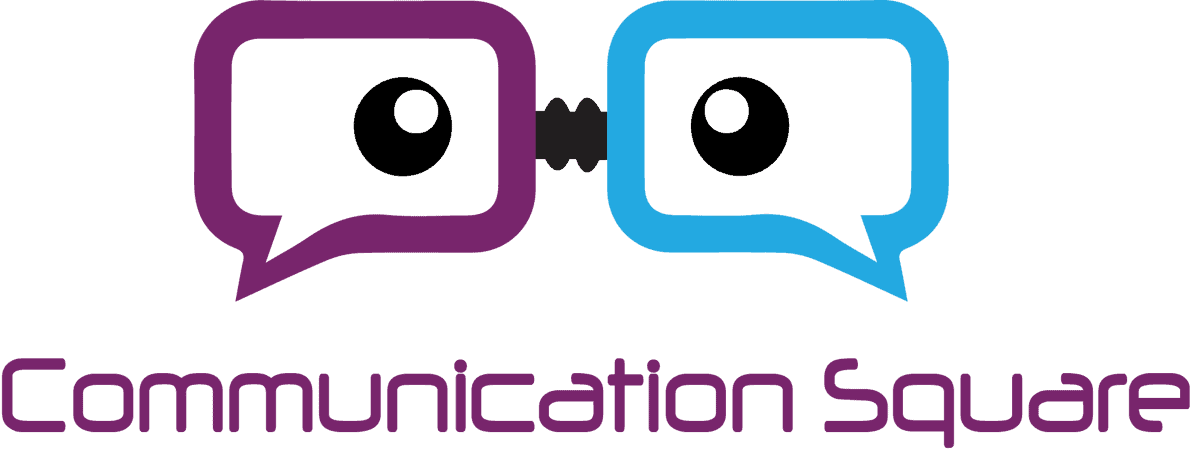Microsoft Power BI is a Cloud-based visualization tool, a way to maximize the value of Cloud Data and provide valuable Insights into Business operations. A Business analytics service that permits users to analyze and interpret data to enhance efficiency. Similarly, by tapping into the power source of large Data centers combined with user-friendly data exploration and visualization tools, any user can get the advantage to make data better and make faster decisions with these workflows.
Power BI allows IT and business users a variety of easy-to-use dashboards, provides interactive reports, and delivers compelling visualizations that bring data to life. Likewise, it helps in making fast-paced business decisions as analyzed information is readily available to the workforce. In addition, the entire business performance is viewable from one dashboard and for mobile users, which would ease the process of monitoring important Data and business processes.
Here's how Power BI bridges gaps between data and decision making and boost business productivity:
Benefits of Power BI
Microsoft Power BI provides these amazing features for you to make confident business decisions and to work effortlessly!
Power BI Service
Power BI service is a secure Microsoft hosted cloud service that lets users view dashboards, reports, and Power BI apps — a type of content that combines related dashboards and reports — using a web browser or via mobile apps for Windows, iOS, and Android.
Power BI Desktop
Power BI Desktop is a free, self-service data analysis and report authoring tool that you install on a Windows computer. It can connect to more than 70 on-premises and cloud data sources to turn information into interactive visuals. Data scientists and developers work with Power BI Desktop to produce reports and make them available to the Power BI service.
With the ultimate digital experience in Power BI, you can:
Power BI Pro
The Power BI Pro version is a cloud-based software that comes with a monthly fee. The biggest difference between Power BI Desktop and Power BI Pro is its ability to collaborate with other Power BI users and distribute reports and visualizations to other Power BI subscribers across the organization.
Power BI Pro allows the following key features:
Power BI Premium
Unlike Power BI Desktop and Pro, Power BI Premium is not an application. Premium gives an organization space and capacity in a Microsoft-hosted cloud to share reports. An organization can choose how to apply its dedicated capacity by allocating it based on the number of users, workload needs, or other factors — and scale up or down as needed.
With Power BI Premium users have:
For more information, check this comprehensive guide on Power BI Pro vs Premium.
How to Create a Power BI dashboard in four simple steps
Before you begin using the visualization tool Power BI, make sure that you have registered for an account. You can use your company’s email address or if you are a student, use your university email address to sign up. Once you have completed the registration process, follow these steps, and create your custom dashboard.
Step 1: Collect the Data
The first step after you launch the Power BI application is to gain access to your data. You can easily import your data set from an MS Excel Workbook. In Office 365, simply open Power BI, click on the Get Data button located at the bottom of the navigation pane or on the lower left corner of the screen.
The navigation pane shows the option of Files. Click on Files and browse to the location where your Excel Workbook is located. Locate your file and then click on the Connect button. After the file has been imported, you will see a blank workspace. From the navigation pane on the left, choose the dataset you have imported. The blank workspace should then change into a visualization creation tool. You will see navigation panes on the right with a multitude of options.
Step 2: Explore your Dashboard
Microsoft Power BI has various icons to represent different visualizations. There are charts of all types like bar charts, column charts, stacked bars and columns, pies, half donuts, line graphs, area charts, waterfall charts among others - all represented through icons. Get familiar with these charts.
Depending on what you wish to display, you will first have to tick the checkbox for a particular data field, and then you can choose a chart type from the right pane.
Step 3: Choose the Right Chart
While you have created your dashboard and are off to a good start, it is equally important to learn which type of chart will be most suitable for which kind of data. If not carefully considered, data visualization can become misleading.
Step 4: Save & Publish your Dashboard
Once you have created your dashboard and populated it with insightful charts, click on the Save button on the toolbar. Since Power BI charts are dependent on the Excel database, they will keep updating as the Excel sheet is updated. You can also publish the dashboard to the Power BI service and share it with your colleagues.
Getting started with Microsoft's premier data visualization software is easy. Customizing Power BI for your organization and gaining maximum insight into your business data, however, is more challenging. To find out more about deployment options, Get in touch with us today!
Last Updated 1 year ago
